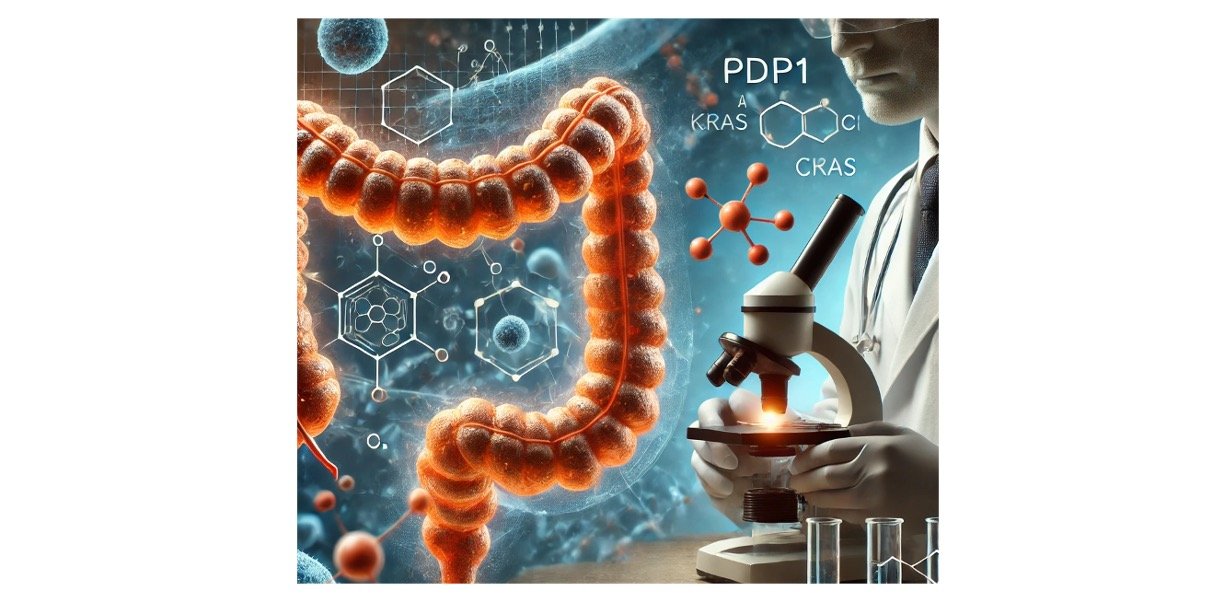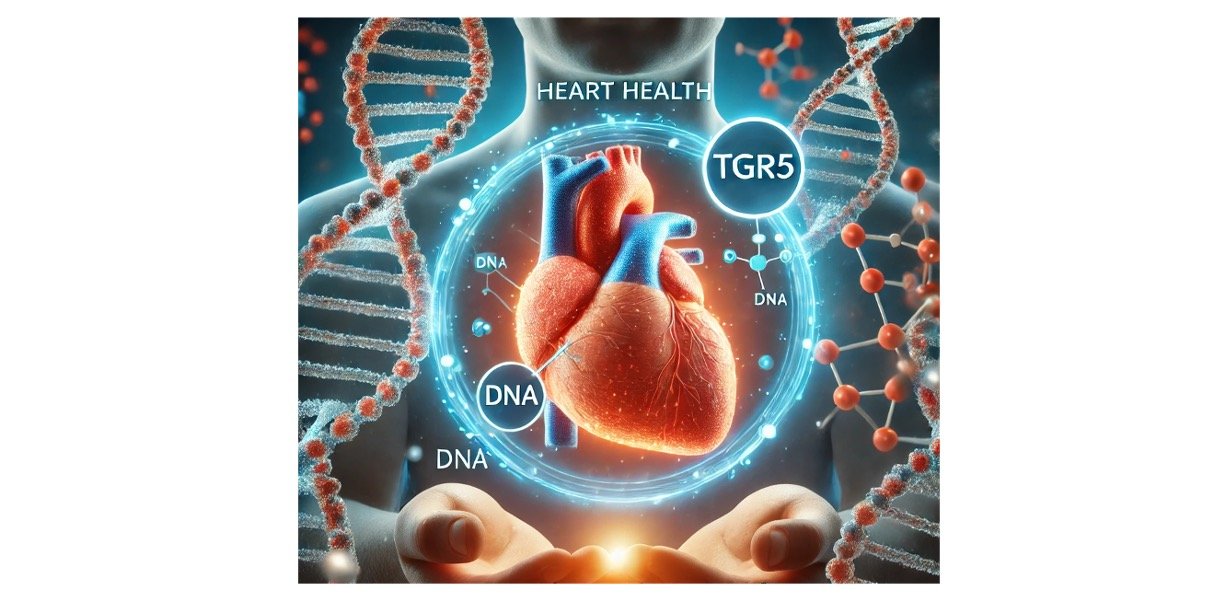Table of Contents
Traits Definition
The term “trait” is a well-known one in the English language. A noticeable attribute of someone or something is characterised as a characteristic. In general, the English term corresponds to the biological definition. In biology, a trait is a distinctive property that an organism might possess or represent.
What are Traits?
Traits are traits or attributes of an organism that are influenced by the environment and/or expressed by genes. Physical features of an organism, such as hair colour, leaf form, size, and so on, as well as behavioural characteristics, such as bird nesting, are examples of traits. The word “traits” comes from the Latin word “tractus.”
Traits Type
An organism can exhibit a wide range of characteristics. All characteristics are either genetic traits (traits determined by an organism’s genes) or behavioural traits (traits determined by the interaction of genes with the environment).
i. Genetic Traits
The genes that one gets from both parents influence one’s genetic characteristics. Individual and independent traits are defined by genes, which are encoded by unique portions of our DNA.
These genes code for our genotype, which is an organism’s genetic make-up. Because the genotype influences the phenotype, phenotypic traits are the physical characteristics that an organism exhibits as a result of the genetic features it acquired.
ii. Behavioral Traits
Behavioral characteristics are behaviours that are seen in creatures throughout their species. This is a learned or instinctive feature that is inherited through observation or the environment. Behavioral characteristics, on the other hand, are a mix of inherited behaviours based on genetics and acquired behaviours based on social cues and the immediate environment.
The environment has a significant impact on how characteristics are manifested in the end. Certain characteristics, whether behavioural or genetic, might look one way under normal circumstances, but change depending on the organism’s surroundings.
These environmental variables can be regulated by some motile creatures, such as animals and people, if they are able to move away from them. Others, on the other hand, do not have this option and must comply and adapt to the circumstances. This has the potential to alter how physical characteristics are portrayed in future generations.
Environment-based characteristics may be extremely beneficial to wild and domestic animals, as well as people. Predators are less likely to target baby snakes with scale patterns that fit in with their surroundings. Camouflage is an excellent environmental characteristic that can aid creatures in surviving. Other physical characteristics, such as the beauty and patterns of a peacock’s feathers, might aid in selecting a partner.
Traits Examples
Physical characteristics are readily apparent in ordinary creatures. Many living creatures exhibit features that they pass on to future generations. Plants, for example, have a variety of characteristics that the typical person may observe. Leaf forms, flower hues, and even the branching patterns of some trees are all examples of physical features that have been passed down through the generations.
i. Mendel’s Pea Plant Traits: Mendel’s Pea Plant Traits depict the many phenotypes or physical characteristics that a pea plant might have depending on whether its genotype is dominant or recessive. Based on the genes they acquired, the plants can be tall or short, yellow or green, and even axial or terminal.
ii. Dog Coat Traits: Many animals exhibit physical characteristics as well. These characteristics are handed down through the generations from the parents to their kids and future generations. Parent organisms can generate children with physical characteristics that are vastly different from those of other offspring from the same parent.
iii. Monogenic Traits: well-known physical genetic characteristics that people pass on to their kids. They’re instances of monogenic traits, which are traits that are determined by a single gene.
iv. Polygenic Traits: Polygenic characteristics are those that are influenced by several genes (multiple non-allelic genes). Humans’ height, skin colour, hair colour, and eye colour are all examples. Multiple genes, rather than a single gene, determine the characteristics.
v. Behavioral Traits: Behavioral characteristics in animals can include everything from how they move to how they defend themselves from predators and stimuli. Opossums are known for pretending to be dead in order to avoid being eaten by predators. Their kids watch and imitate this behavior, which has been passed down through the generations.
Other creatures, such as hissing cockroaches, utilise sound to deceive predators into believing they are more deadly than they look. These noises are learnt by their children and passed down through the generations.
Some animals learn and develop characteristics as a result of their environments. Internal changes such as hormones and body temperature, as well as exterior changes such as physical characteristics, are examples of environmental features. Animals who live in locations where they experience all four seasons, for example, will undergo bodily changes as winter approaches.
Camouflage is used by animals like the snowshoe hare to evade predators. As a result, as the seasons change, they alter the colour of their fur coats, which are white in the winter and brown in the fall and spring, to better blend in with their environment.
Traits Citations
- Do traits separated by metamorphosis evolve independently? Concepts and methods. Proc Biol Sci . 2019 Apr 10;286(1900):20190445.
- Genome-wide association studies for complex traits: consensus, uncertainty and challenges. Nat Rev Genet . 2008 May;9(5):356-69.
- Plant traits inform predictions of tundra responses to global change. New Phytol . 2019 Mar;221(4):1742-1748.
Share












